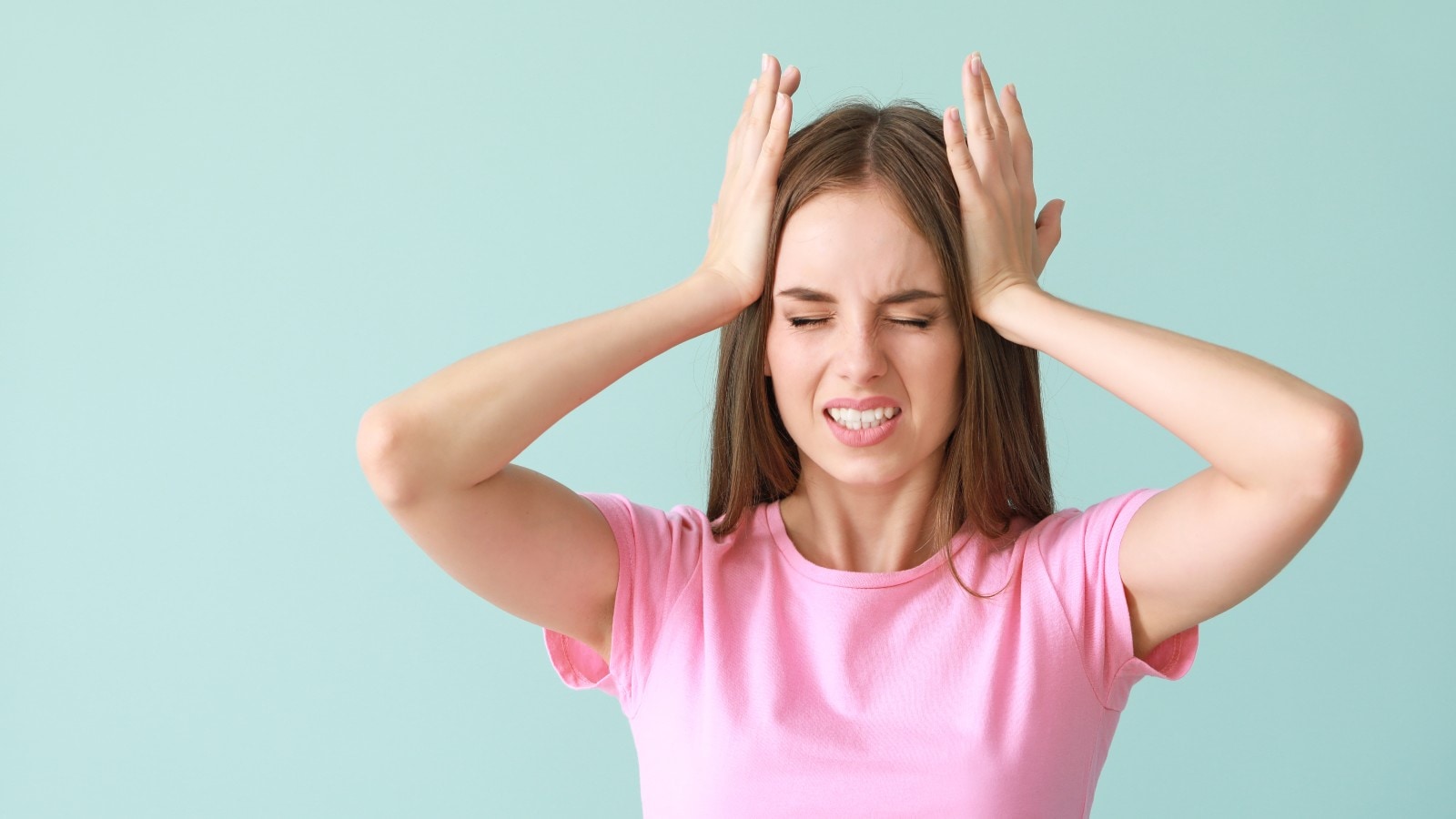[ad_1]
Hypotension does not cause a major problem, but if your blood pressure (BP) drops suddenly, you may feel dizzy. Here are 9 symptoms of low BP.
Low blood pressure, or hypotension, occurs when your blood pressure drops below normal levels, causing various symptoms that can affect your overall well-being. While some individuals may not experience any symptoms of low blood pressure, others may notice a range of signs that indicate their blood pressure is lower than usual. A sudden drop in blood pressure can be dangerous, as it could mean your heart, brain, or other vital organs may not be getting enough blood flow. Hence, it becomes essential that you are aware of the symptoms of low BP.
Dr Prabhat Ranjan Sinha, a Senior Consultant- Internal Medicine, explained to Health Shots that typical blood pressure for most adults is typically below 120/80 mm Hg. Low blood pressure is defined as below 90/60 mm Hg. Therefore, if you encounter low blood pressure, consulting your doctor is advisable to mitigate potential future health complications.
Symptoms of low blood pressure
Here are 9 symptoms of low blood pressure or hypotension:
1. Dizziness and lightheadedness
Low blood pressure often leads to dizziness and lightheadedness, especially when you stand up suddenly. This occurs due to reduced blood flow to the brain, causing a temporary sensation of imbalance.

2. Fainting (Syncope)
“In severe cases, low blood pressure can cause fainting or syncope. This happens when there’s a significant drop in blood pressure, leading to a temporary loss of consciousness as the brain is deprived of oxygen,” says Dr Sinha
3. Blurry vision
People with low blood pressure may experience blurry vision, particularly during sudden changes in body position. This occurs because reduced blood flow to the eyes affects vision temporarily, causing objects to appear fuzzy or out of focus.
Also read: 5 yoga asanas that can regulate your low blood pressure
Select Topics of your interest and let us customize your feed.
4. Fatigue
Low BP causes reduced delivery of oxygen and nutrients to the body’s tissues and organs, leading to persistent feelings of exhaustion. You may even feel extreme fatigue or weakness after minimal physical activity.
5. Nausea and dizziness
Some people with low blood pressure may experience nausea, especially when standing for long periods or in hot temperatures. You can feel uncomfortable or uneasy.

6. Cold, clammy skin
Hypotension can cause changes in skin temperature and texture, leading to cold, clammy skin. Reduced blood flow to the skin results in decreased heat distribution, making individuals with low blood pressure more susceptible to feeling cold, even in warm environment.
7. Rapid breathing
Low blood pressure can affect respiratory function, leading to rapid, shallow breathing or shortness of breath. As the body compensates for reduced blood flow by increasing heart rate and respiratory rate, you may experience difficulty breathing, particularly during physical activity or times of stress.
Also read: Don’t take hypotension lightly. Follow these 5 tips to manage low blood pressure
8. Difficulty concentrating
Cognitive symptoms such as difficulty concentrating or impaired mental clarity can occur in individuals with low blood pressure. Reduced blood flow to the brain affects cognitive function, leading to problems with focus, memory, and decision-making, explains Dr Sinha.

9. Weak or rapid pulse
Changes in heart rate and rhythm are common with low blood pressure, with some people experiencing a weak or rapid pulse.
Keep a check on these symptoms, and if you find it tough to manage them at home, consult with your healthcare provider.
[ad_2]
Source link

